In March, I visited the movie-set-turned-tourist-attraction of Hobbiton in Matamata, New Zealand. This was the actual location used for the filming of the “Lord of the Rings” and “Hobbit” trilogies.
I didn’t expect my visit to be as emotional as it was. But from my first moment on the bus that winds its way through the rolling Matamata landscape shuttling visitors from the ticketing office to the set, I couldn’t resist the tide of feeling in me.
One part of this, naturally, is because of how much I love the three “Lord of the Rings” movies. Judging from the eager throngs of multi-national tourists at the Hobbiton ticketing office, who doesn’t? Such wonder-full and stirring films that vividly summon the kingdom of Middle Earth from the realms of imagination into reality.
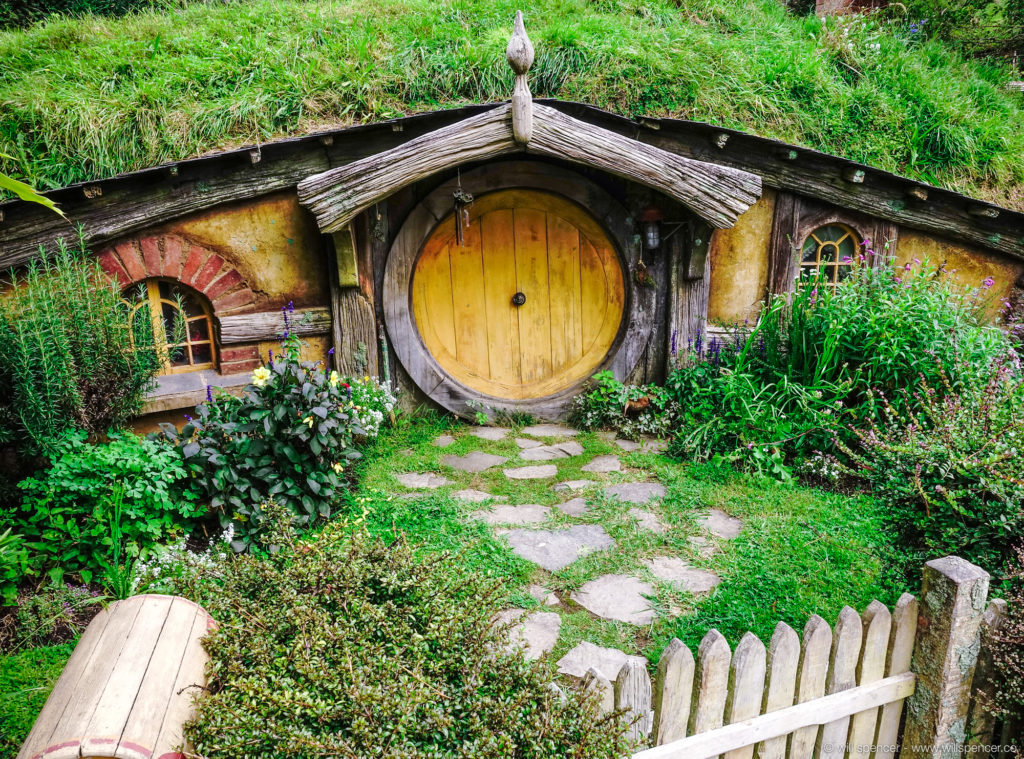
A second part is undoubtedly due to having watched the movies many times over the years with family and friends.
I especially treasure my memory of seeing the 2003 release of “The Return of King.” San Francisco’s biggest cinemaplex, the Metreon, did back-to-back-to-back showings of the Extended Director’s Cut editions of “The Fellowship of the Ring” and “The Two Towers”, followed by the West Coast theatrical premiere of “The Return of the King,” all on the same screen. In surround sound.
I went with a group of friends. We slept over at one house and collectively woke before dawn on a cold December morning so we could arrive early and get in line for good seats.
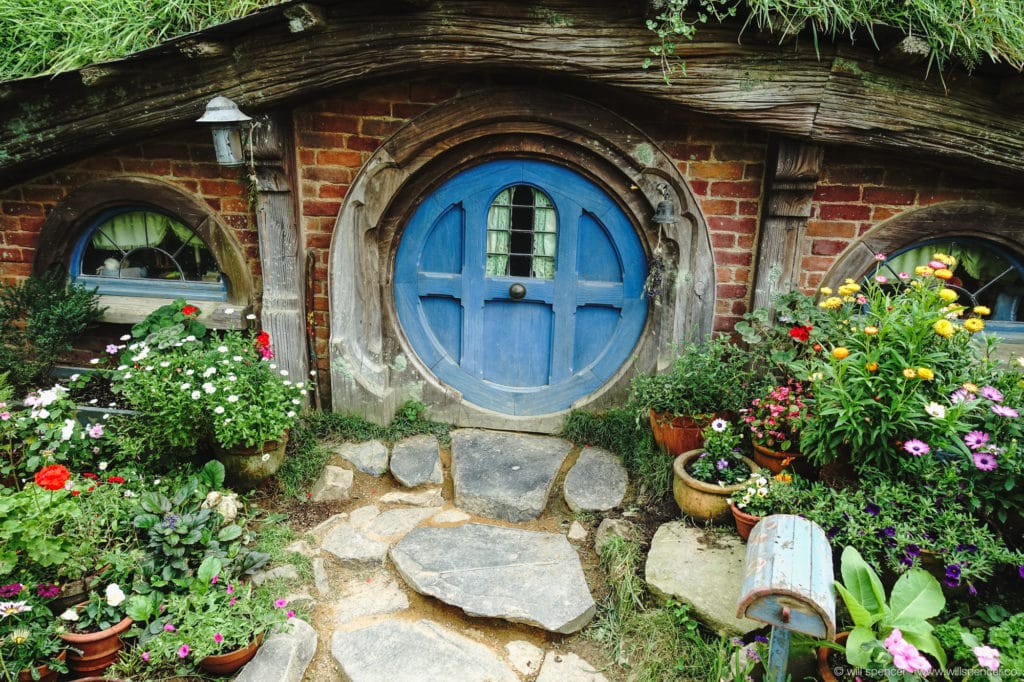
Which we did. We were some of the first outside the theater. The people in front of us had previously been sleeping in tents where they stood.
We then spent an entire day sitting comfortably center-screen, indulging in hours of movie magic. We ate bottomless buckets of popcorn and drank Coke through Red Vines. Many in the audience wore costumes, and as a theater full of devoted fans, no one hesitated to cheer, boo, or laugh out loud at the appropriate moments.
The sun rose and set while we were all inside.
It remains by far the nerdiest thing I’ve ever done. And I love it.
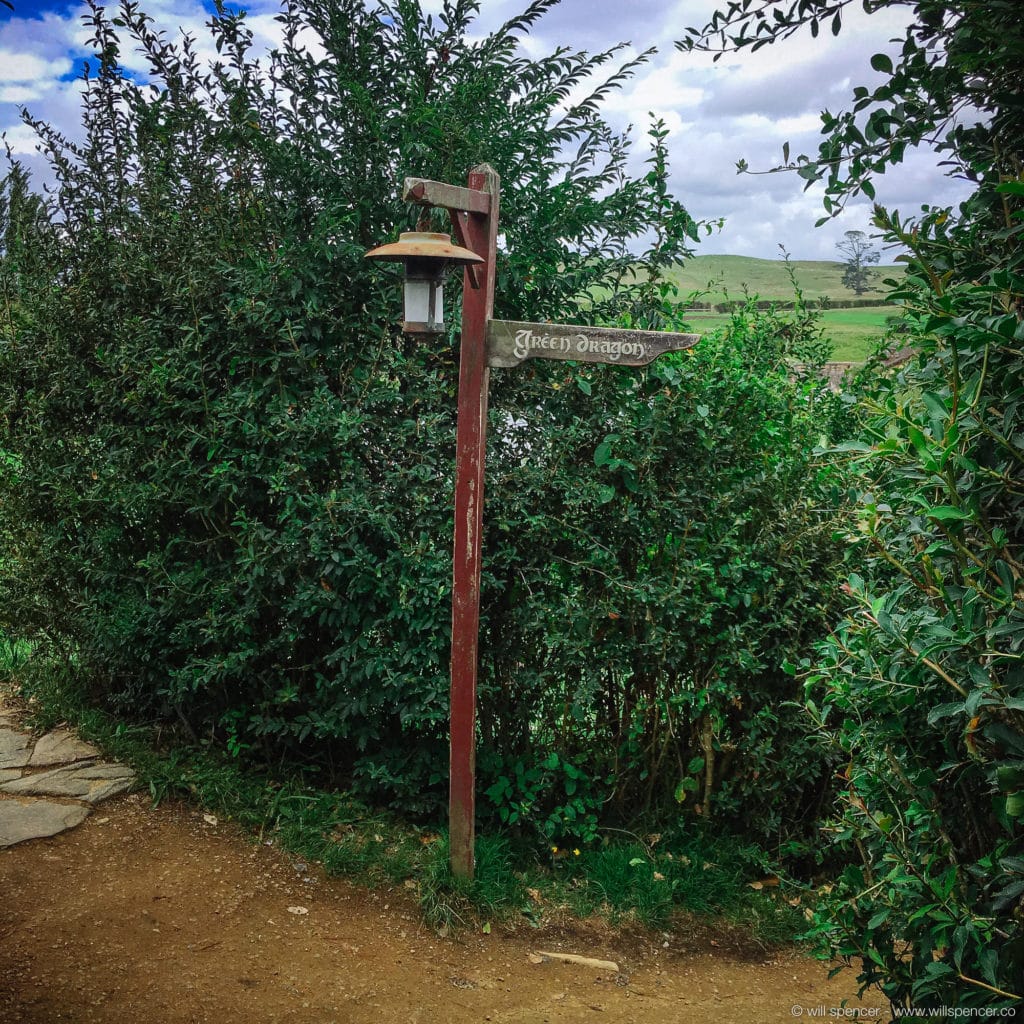
People sometimes laugh at me for telling that story, but I carry that memory with pride. I doubt I’ll ever experience anything in a movie theater so rewarding on so many levels, especially because this once-in-a-lifetime day was shared with friends, and we all worked together to do it.
Still a third element of my feelings at Hobbiton owes to the introductory Jungian Psychology & Mythology class I took in college, in late 2001.
Eyes and mind still wide from my first great spiritual awakening the year before, I learned how the “The Lord of the Rings” story can be read as an allegory for the process of masculine psychological development, or individuation. Each major character – Frodo, Sam, Aragorn, Gandalf, Gollum, etc. – represents an aspect of the male psyche that must mature and be transformed to save a land threatened by consuming darkness.
I grew up with the essence of this degrading meme being communicated to me in various direct and indirect ways about the psychological/emotional nature of being a man:
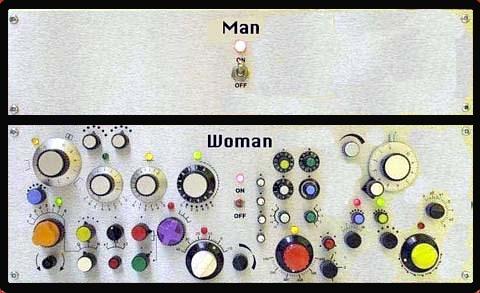
Thus it was inspiring to learn that my inner life was real, shared, and worthy of cultivation.
It was also a significant turning point for me to learn for the first time that I was capable of transformation and rebirth, that I already had everything I needed inside me to accomplish this, and what the stakes of success might be. And the rewards, as well.
That the “Lord of the Rings” cycle communicates truths about the inner nature of being human in this way elevates it from “merely” one of the all-time-great fantasy tales to the level of high myth.
I will briefly touch on some of these themes much later in this post, but the full details of these teachings are well outside the scope of what I can write here. If you’re interested in learning more, please click here to download “Seven Paths of the Hero in The Lord of the Rings,” by Robin Robertson (6MB zip archive), a series of eight scholarly articles written for both men and women that I worked very hard to find and acquire. Or I can talk your ear off in person. But learning this information was a critical moment in my education, and in my life as a man and a human being, as well.
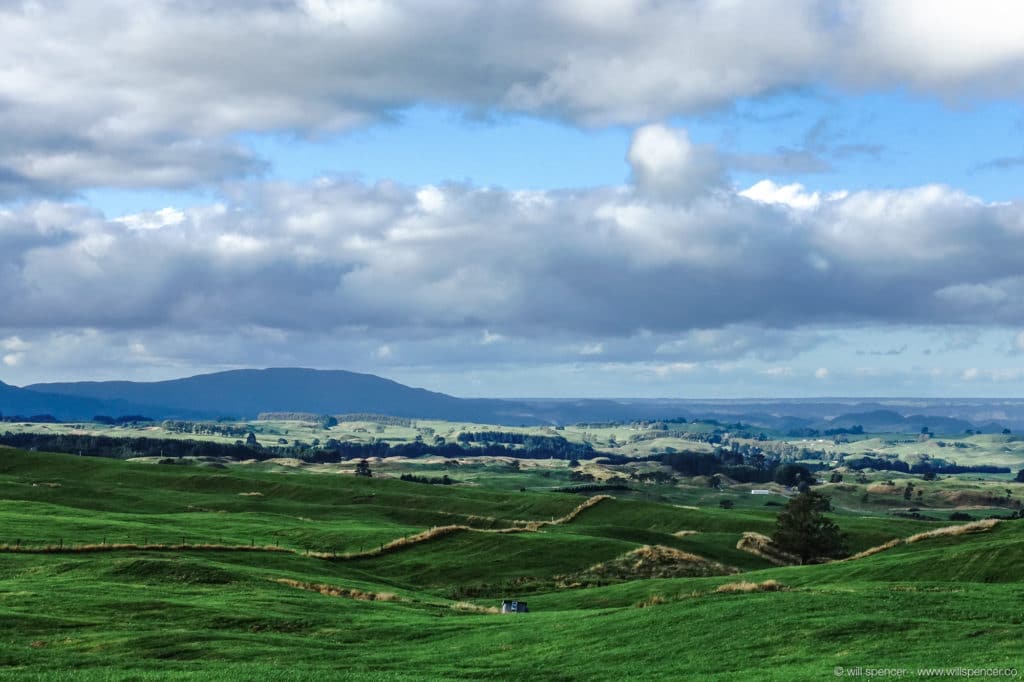
Yet none of these three reasons fully explained why Matamata’s idyllic hills, skyscraping trees, and lovingly hand-weathered Hobbit Holes brought tears to my eyes that day. The real reason lay further within.
My tears were not about my recollections of a half-real, half-imaginary location I have never visited. Nor were they about the knowledge of it I carry in my head.
Instead, they came from the knowledge of Hobbiton I carry in my heart and my body, my intuitive understanding of Hobbiton not as a place, but as a symbol.
For Hobbiton signifies something I no longer know. It represents what I left. I hope one day to find it again.
Hobbiton is “home.”

SYMBOL MADE REAL
Irrespective of our conscious understanding of the symbols used in a myth, the symbols still affect us on a subconscious level. This is myth’s power.
Jungian psychology postulates that this is because humankind’s most potent symbols are drawn from “the collective unconscious,” a cosmic storehouse of wisdom and memory accessible by all members of the human race, regardless of differences like language, culture, geographical location, or even era.
I think Peter Jackson deserves the title of “genius” because he and his team seemed to grasp the mythological dimensions of “The Lord of the Rings.” Under Jackson’s direction the filmmakers masterfully crafted these blockbuster-style movies with screenwriting, production design, and cinematography that simultaneously played to those collective depths, hence the first trilogy’s universal and perhaps timeless resonance.
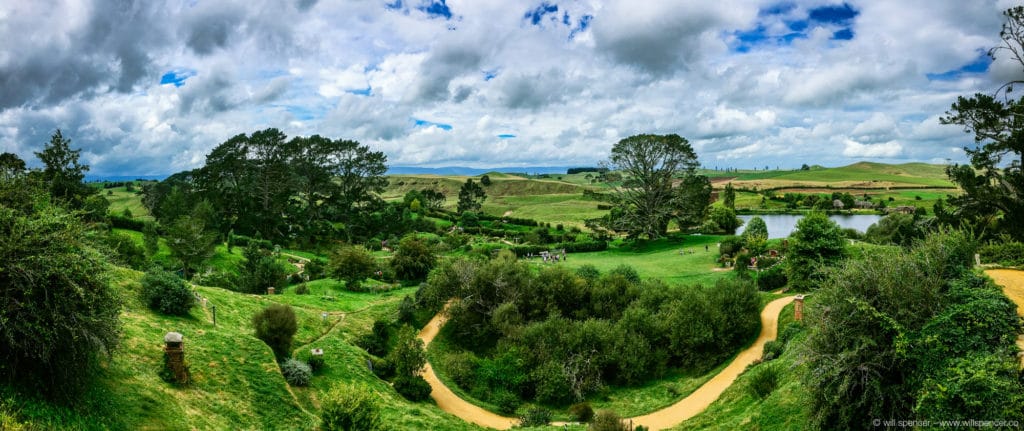
The film version of Hobbiton is a great example. I see it as a perfectly-realized representation of the “collective unconscious” version of “home”: pastoral, nurturing, and abundant with life. The residents’ most pressing concerns fall under the headings of gossip, the harvest, the seasons, and the next party or festival. Local trouble barely rises above the level of mischief. And while quaffing brews at The Green Dragon pub, it’s not difficult to imagine drunken Hobbits dismissing distant talk of gathering orc armies, Black Riders, and a great, flaming Eye as merely rumor, or perhaps “conspiracy theories.”
In this way Hobbiton embodies more than just comfort and safety. It embodies total security, less like a home and more like a womb; peacefully sealed from the outside world and with all needs provided for therein. It is meant to seem unthinkable why anyone would leave.
Unfortunately, ask any mother and she’ll tell you, wombs are not meant to be stayed in forever.
So it was for Frodo Baggins, who was forced to depart his “womb” for Middle Earth, into all the feelings, experiences, and responsibilities such a birth entails.
So it was for me too, in my own way, on March 20th, 2016.

MOVING OUT
Since I’ve been gone, I’ve heard many travelers repeat variations on this theme to me: “Everyone traveling is running away from something.” In a sense, it seems, something is pushing us out.
For the majority of long-term travelers, which I define as 3 or more continuous months on the road, that something is school, whether university or graduate. Demographically these travelers are in their late teens or early 20’s, are both male and female, and almost universally hail from Europe or Australia. While some travel alone, most travel either with a friend or partner, or in a group of three or four others.
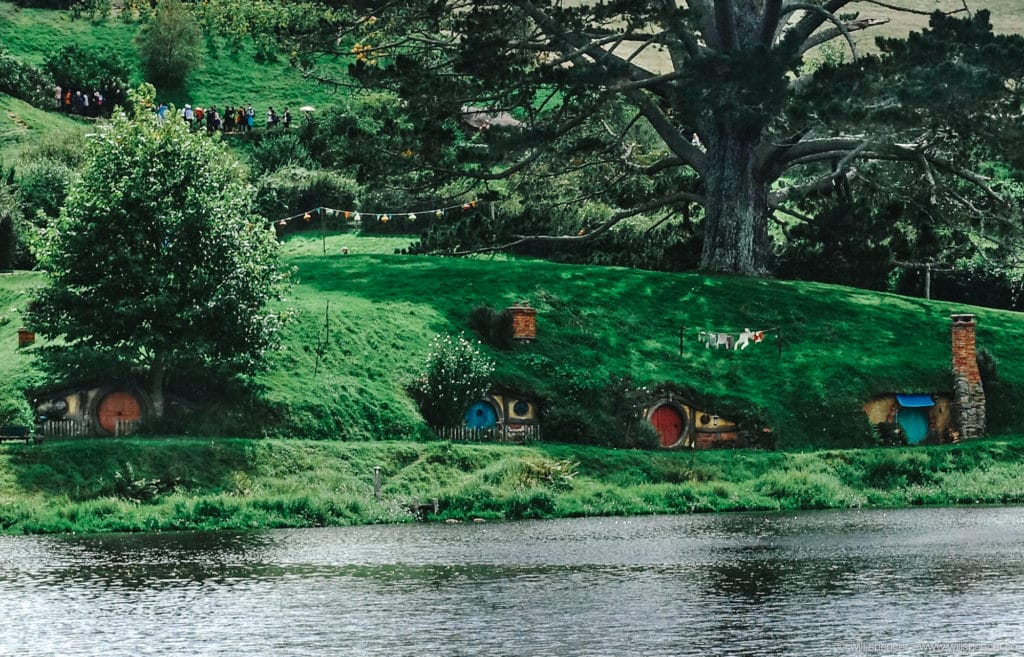
For a smaller percentage, those in their late 20’s to early 30’s, it’s either the next job or “settling down” with a partner into marriage and family life. Predictably these travelers tend to come in pairs. They’re also European and Australian, although occasionally I’ve met some couples from the U.S. on honeymoon, and Asian couples, as well.
Then decades pass and the final, smallest group is running from, if anything, time – though perhaps not as quickly as they once did. These fascinating older individuals, typically age 60 and up, are either couples or solo male travelers, and generally come from Europe, Australia, the U.S., and South America.
As a 39-year-old single male from the United States traveling alone for more than a year (and counting), I am an anomaly on the road, I can assure you.
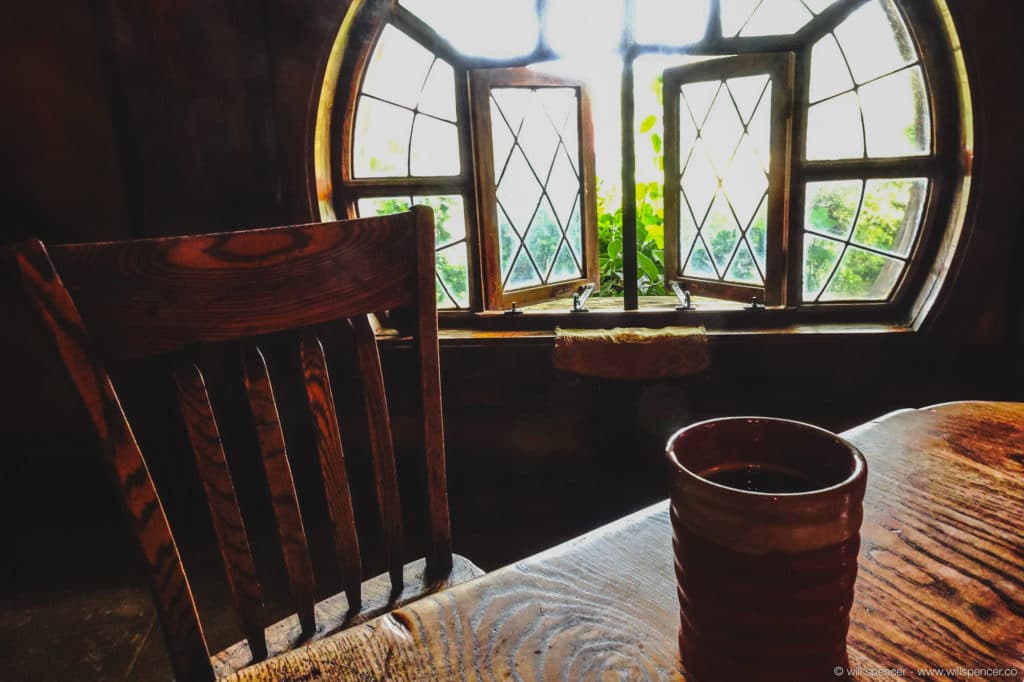
This is true in more ways than one. Because I wasn’t running from anything. Really. My life in San Francisco was good.
I had an affordable apartment that was my home and sanctuary for 12 years. I had close friends and acquaintances to fulfill all my social needs. I had a successful passion project I poured my soul into, strong emotional/psychological support communities, DJ gigs, economic opportunity, a healthy diet of organic food, a great car, broadband Internet, just enough material possessions, a routine that included Sunday afternoon naps with sunlight streaming in the window, and all the security and stability I could possibly need.
I had nothing to run from.
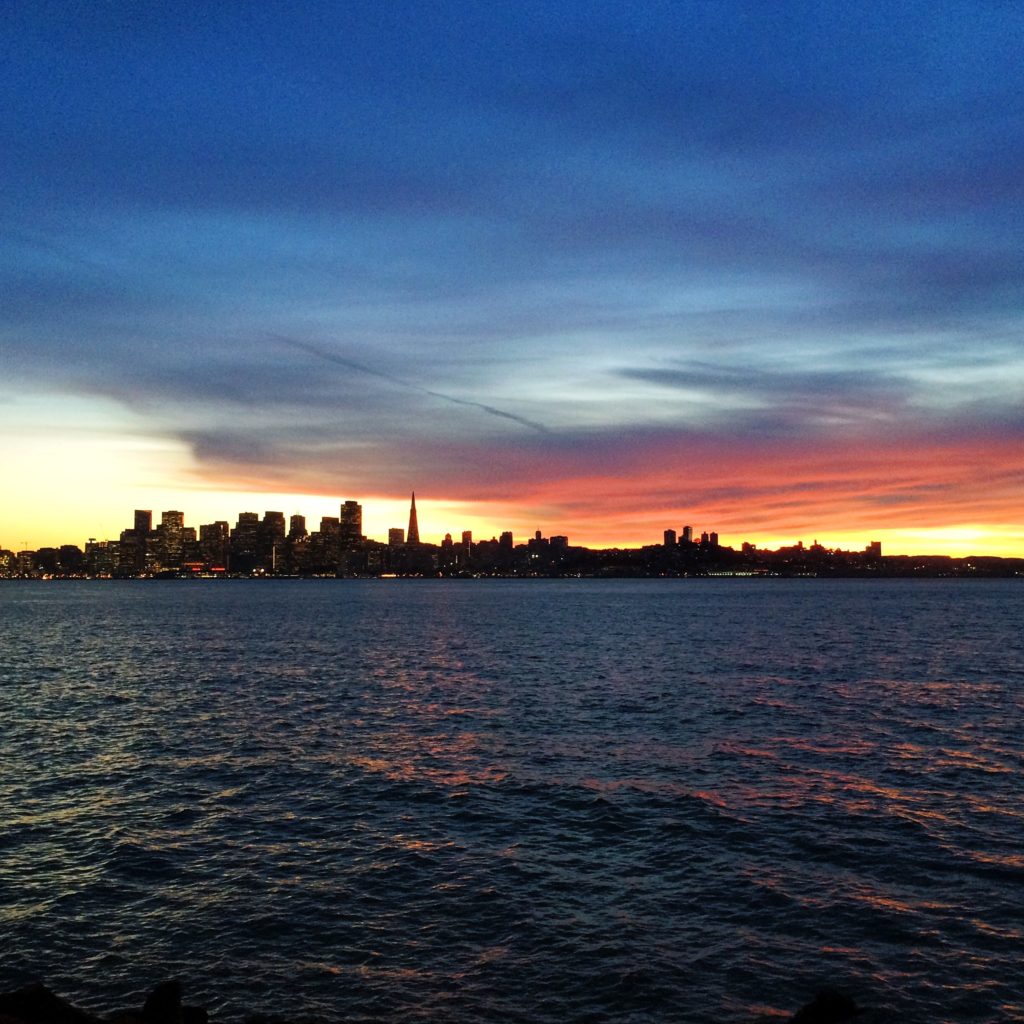
Perhaps this explains why people have expressed being anything from politely curious to totally mystified about why I left.
Perhaps it also explains why I don’t gravitate to many fellow travelers on the road. We’re not traveling for the same reasons.
So why did I leave?
MEANING IN THREE MOMENTS
Reader’s Warning: Major movie spoilers follow.
The Extended Editions of the three “Lord of the Rings” movies sum to a total of almost 9 hours and 30 minutes of screen time. In that much moviegoing, everyone is bound to have their favorite moments.
Of course, I do too.
It’s easy to think first of the scenes of epic action, like the army of Rohirrim horselords, led by a risen Gandalf the White, descending within a column of light into the valley of Helm’s Deep to turn the tide of battle.
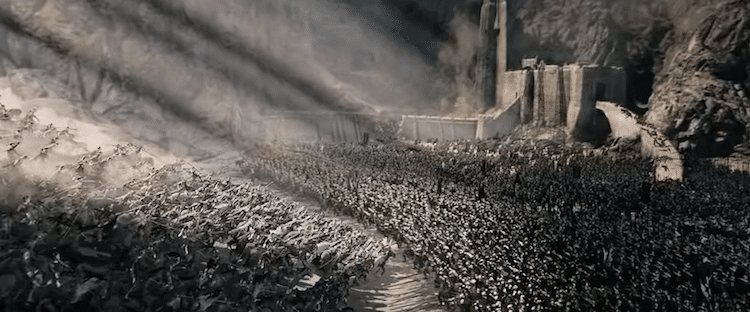
That scene just crushes me every time.
Or Eowyn fearlessly proclaiming, “I am no man,” before slaying the Nazgul Witch King, golden locks falling from her helmet.
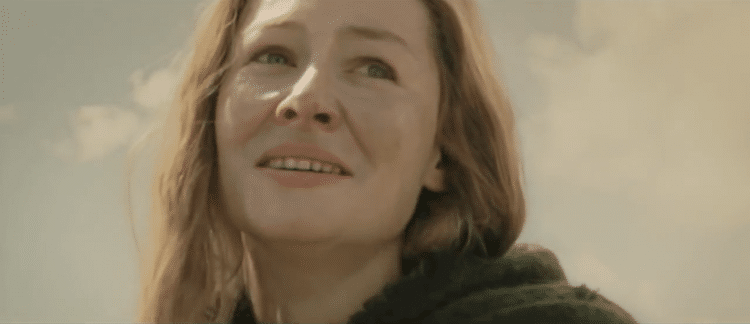
Or the humble gardener Samwise Gamgee carrying his beleaguered friend Frodo those climactic final steps up the scorched slopes of Mt. Doom.
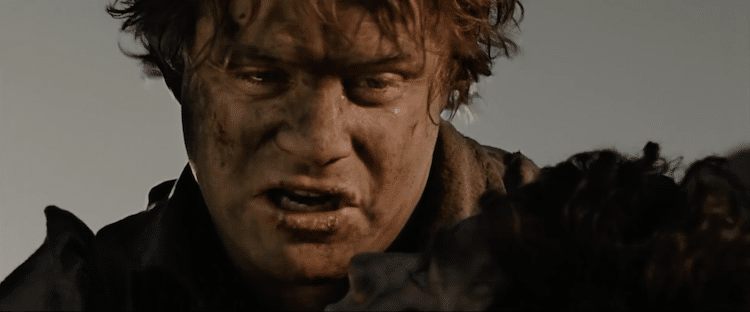
But I prefer three smaller, quieter moments. These three scenes bracket the main action of the film, which I think makes them easier to overlook, though they’re no less important for being so.
To me they speak to the life-affirming and life-sustaining meaning I’ve drawn from the “Lord of the Rings” movies over the years – my lights when all other lights go out.
In their own ways, they will also help answer the question of why I left San Francisco.
THE SMALLEST ONE. THE BIGGEST BURDEN.
The first of my three favorite scenes is the pivotal moment around which the entire tale revolves. In “The Fellowship of the Ring,” at the Council of Elrond in Rivendell, Frodo willingly accepts the burden of the One Ring, thereby initiating the formation of the Fellowship and the mythic cycle of death and rebirth to come.
It is not just that Frodo does this, but how he does it that matters. He accepts the One Ring passionately and unequivocally, but without ego or pride. He understands in a vision that he must do this.
Perhaps he also dimly understands he is the only one who can.
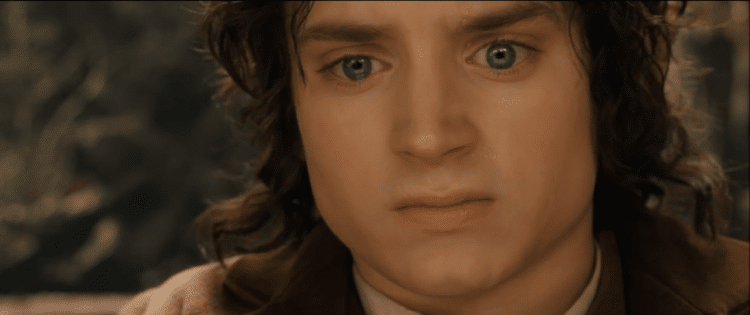
Following Frodo’s toweringly noble gesture of strength in taking up a burden that ostensibly “stronger” men are unable to carry, he displays an even greater strength in confessing his weakness in just a few touching words: “Though… I do not know the way.”
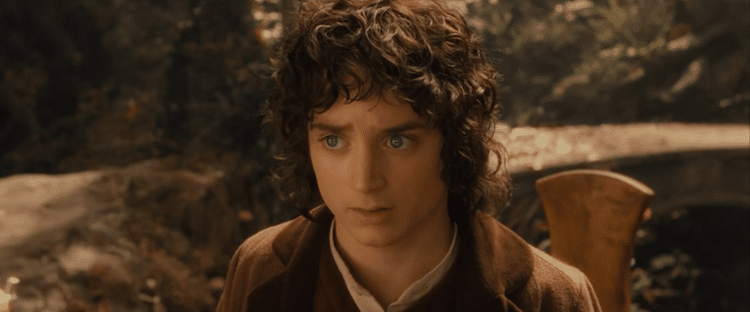
Recall that by this point in the story Frodo has already been stabbed by the Witch King at Weathertop, nearly succumbing to death before being saved by the healing powers of Arwen, the Elf maiden.
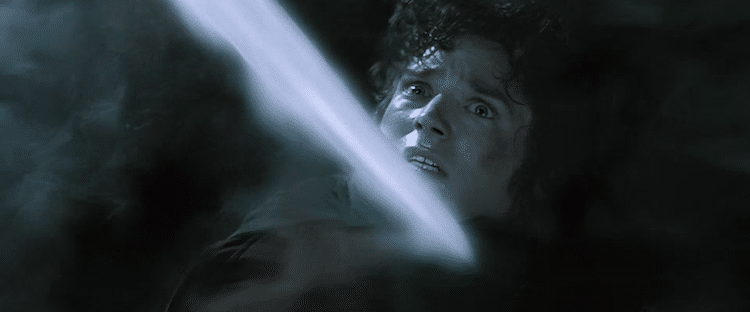
Thus Frodo is aware that the cost of speaking this commitment could be his life. He can’t not be.
Still he speaks.
BOY OF WAR. MAN OF PEACE.
The second of my three favorite moments arrives towards the end of the third film, “The Return of the King.” It is also the moment the book and movie are named for.
Or just before it.
Following the destruction of the One Ring and the final defeat of Sauron, peace has returned to the kingdom of Gondor. It is indeed a king-dom once again, for Aragorn, now Elessar, heir of the last king Isildur, is ready to ascend the throne.
The coronation scene atop Minas Tirith is among the grandest of its kind. The camera soars above the once battle-strewn Fields of the Pelennor, now restored to tranquility. Howard Shore’s symphonic score swells with triumphant horns and strings. Even gruff, comedic Gimli the Dwarf gapes awestruck, humbled at last by both the beauty of the winged silver crown and the sanctity of this long-awaited moment.
Gandalf lifts the crown high, so that all might see, and places it gently upon Elessar’s head, offering this blessing:
“Now come the days of the king. May they be blessed.”
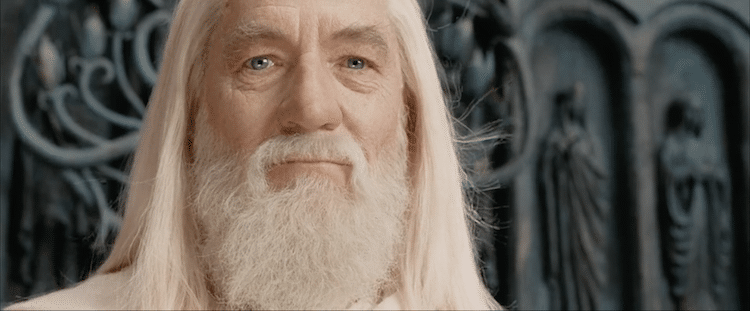
The crownless once again is King.
In shallow focus we are then shown King Elessar’s face and witness a vulnerable moment as he looks into Gandalf’s eyes and then within himself as he prepares to face the crowd.
In the new-crowned king’s eyes we see his concern, his nerves, and I think also, fear.
As Strider, this is the man who walked unhesitatingly into battle against a literal horde of furious Uruk Hai orcs, bringing his blade before his face in a salute to the foes these same eyes communicate with certitude that he is about to vanquish.
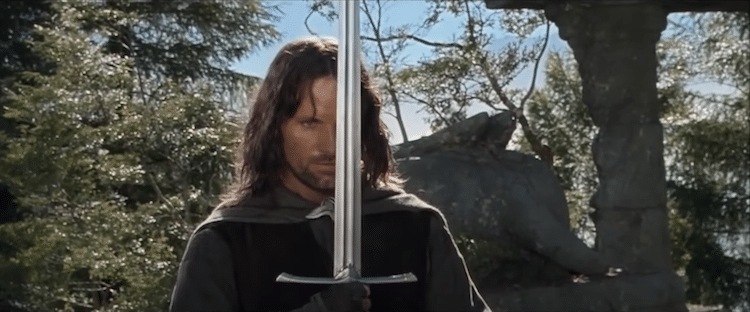
As Aragorn, he took the Dimholt Road and conquered the armies of the dead with the reforged blade of Anduril, holding the ghosts to their long-forgotten oath and bringing them to the aid of Gondor in its time of need. Once again, we see the same certain eyes and the same salute.

And as Aragorn, with moving words and force of will he rallied the remaining army of Elves, Dwarves, Hobbits, and Men to mount a futile last stand at the Black Gate of Mordor. Here, he stood before a sea of dark beasts serving a darker Lord, for the first time facing the possibility of his death and defeat in battle, and with two small words, “For Frodo,” he charges forth alone, tears in his eyes, roaring in valor.
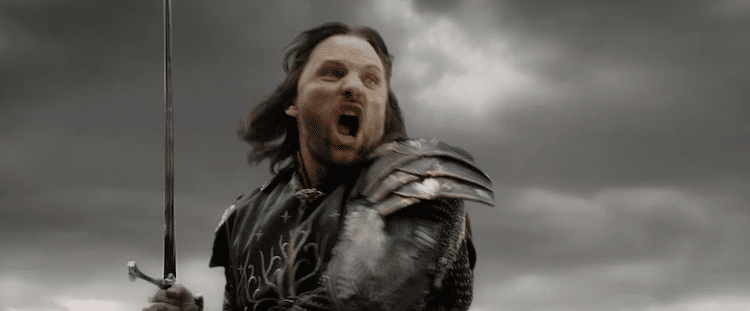
One of these situations would put terror into the heart of any other man in Middle Earth. Aragorn faces all three, and more, unflinchingly.
But when this master of war must fulfill his destiny in the high courtyard of the White City, and for the first time turn to look upon peace as it looks back expectantly upon him, then he meets fear.
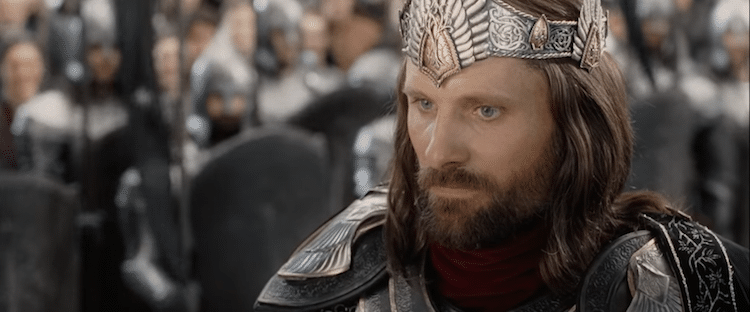
Still he turns.
A HERO’S LAST TEST
The final of my favorite three moments comes towards the very end of “The Return of the King,” and is my most treasured of the three. Peter Jackson played the scene lightheartedly for laughs, I think, but beneath the humor lies a sincere message we all know in our hearts. We laugh because it’s true.
Following the triumphant crowning of King Elessar and the peaceful dawning of the Age of Men, Frodo, Sam, Merry, and Pippin are once again back at their old stomping grounds, the Green Dragon pub in Hobbiton.
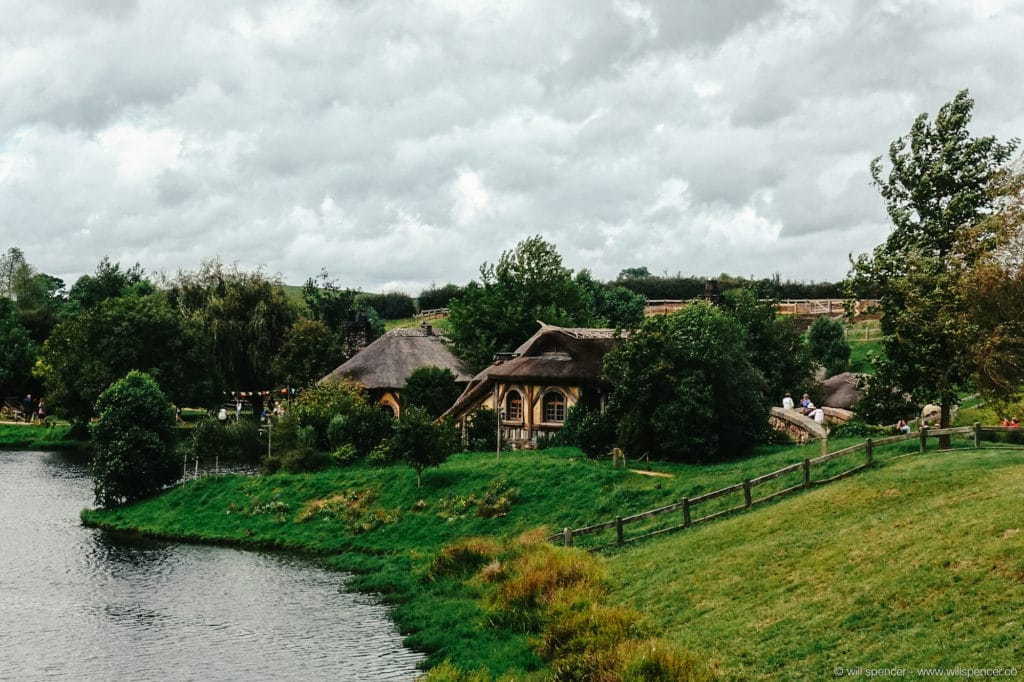
They all are changed and shaken. Yet nothing in their hometown has moved. Not a whisper of war, death, fear, or even victory has breached the walls. But these themes clearly accompany the Hobbits at their seats, each in his own way.
The four neighbors, companions, friends, and now brothers look down into their beers and into themselves, lost in their individual seas of feeling and memory. Then, looking up, they meet eyes and realize they are all in the same place: here, and not here.
No longer alone they choose “here,” and with a toast, take the final step home on their very long road. Their journey is, at last, over.
And a new one is about to begin. For finishing his drink at the toast, Sam spies a familiar face behind the bar, Rosie the Barmaid. His unrequited love. The object of his deepest unspoken, unacted-upon affections. His dream girl.
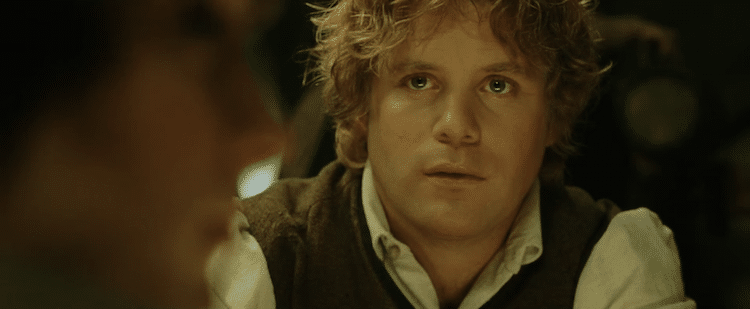
Sam’s eyes burn. His shoulders square. His jaw stiffens. He prepares to stand!
And before he does… he takes a swig of his beer.
Mere weeks prior, atop the mountain pass of Cirith Ungol, Sam charged into the giant spider Shelob’s nest, sword aloft, howling at the horrifying ancient creature before doing battle and earning victory.

Before that, Sam faced orcs, Black Riders, good and evil men, and a treacherous former Hobbit named Gollum upon an unmarked road into the land of shadow.
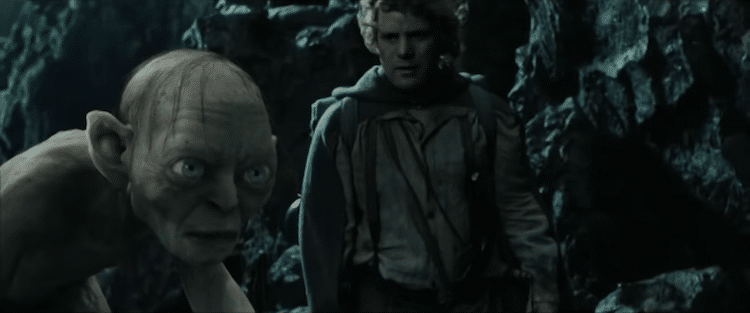
Then after, weakened, weary, and worn he successfully carried Frodo Baggins bearing one of the most desired objects in the history of their world up a raging mountain of fire, hunted by death from above and below.
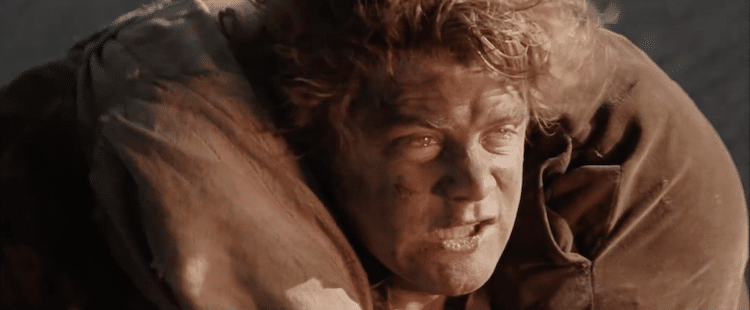
Of all the many heroes in Middle Earth, one could make the case that the humble Hobbit Samwise Gamgee of the Shire is the greatest.
Yet even he must take a gulp from a pint of “liquid courage” before speaking to a woman.
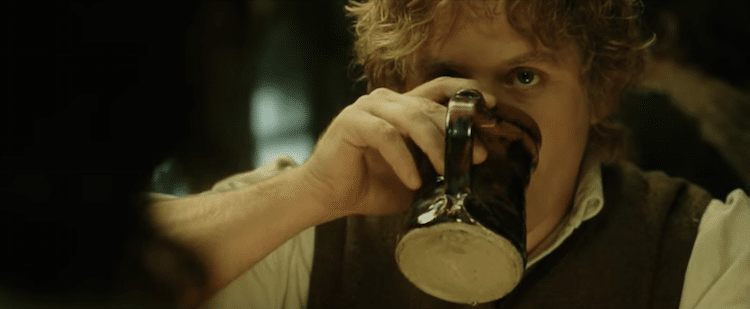
Because failure in any one of the above tasks might lead to death. But failure at this one would lead to total obliteration.
Still he stands.
THE TRUE FACE OF COURAGE
None of us will ever wield a sword in combat. Roused by resonant words, we will never rally arms to the side of a king. We will never see nor fight an orc, or for that matter a truck-sized spider. There are no magic rings, no Elves, no Hobbits.
Despite these hard truths about what our lives are not, I treasure the above moments from “The Lord of the Rings” because through them the story speaks to what our lives are, have always been, and ever will be. And in so doing they ask who we will be in response.
Every day each of us has the chance to act in the name of what is right, shouldering noble burdens at great personal cost.
Every day we are called to turn and face what is true about ourselves, as it looks back upon us.
And every day we may choose to pursue our greatest dream, in whatever form it may take. Especially when it hides behind our greatest fear.
The highest, truest courage is not needed to face death. In moments of danger the body has a way of taking care of itself.
Instead I believe that the highest, truest courage is needed to face LIFE, to summon the will and the strength to step into personal challenges that may seem small in comparison to the drama of a fantasy sword duel. But they are the substance of our most meaningful battles, nonetheless.
Thus one morning in a friend and mentor’s living room, I came to understand that on my current path the day would come when my dream of travel would become impossible, and that I might one day die without ever having really lived. I felt sickened as that realization spread throughout my body. I knew then that I had to go.
That is why I left San Francisco.
Because for a moment I glimpsed what was true about myself: that my greatest dream hid behind my greatest fear, and that I had to shoulder the burden for fulfilling it.
Indeed, I was the only one who could.
SHARED BEGINNINGS
Earlier I wrote that Frodo Baggins and I shared something in common: a birth from our respective homes and our respective wombs. But there is more to it than that.
In my own way a wizard came for me in the night, bursting through a barred door to urge me on ahead of hooded figures. His wise eyes looked into mine speaking danger, sending me out in secrecy. For a time I also had something to keep secret, to keep safe.
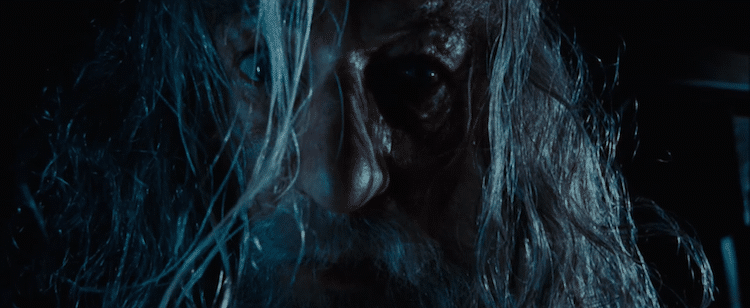
In the beginning, Frodo ran. He had little choice.
Despite what I said earlier, for a few steps I ran too. I had my own escape to make.
But I also made a choice to go further, as far as I could. All the way until the task is done.
I’ve made that choice many times since then, too. Because I am no longer running.
I am walking.
I want to express how it feels to write that, to own what I have created and all that comes with it.
For those who have made a brave choice in life, I suspect I don’t have to. If you haven’t yet made a such a choice, I offer a heartfelt prayer that someday you will.
You have everything you need inside you already.
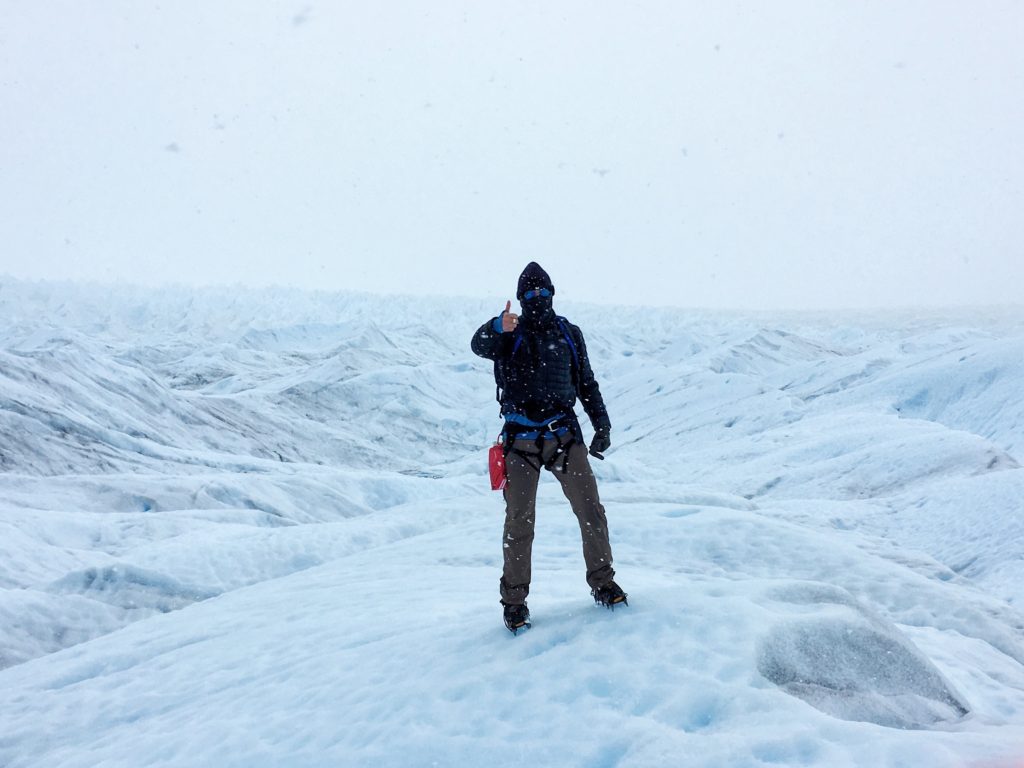
COMMONALITIES
As it turns out, Frodo and I have yet more in common.
We both set out for our adventures through green doors, Frodo through Bag End’s famous round front entry:
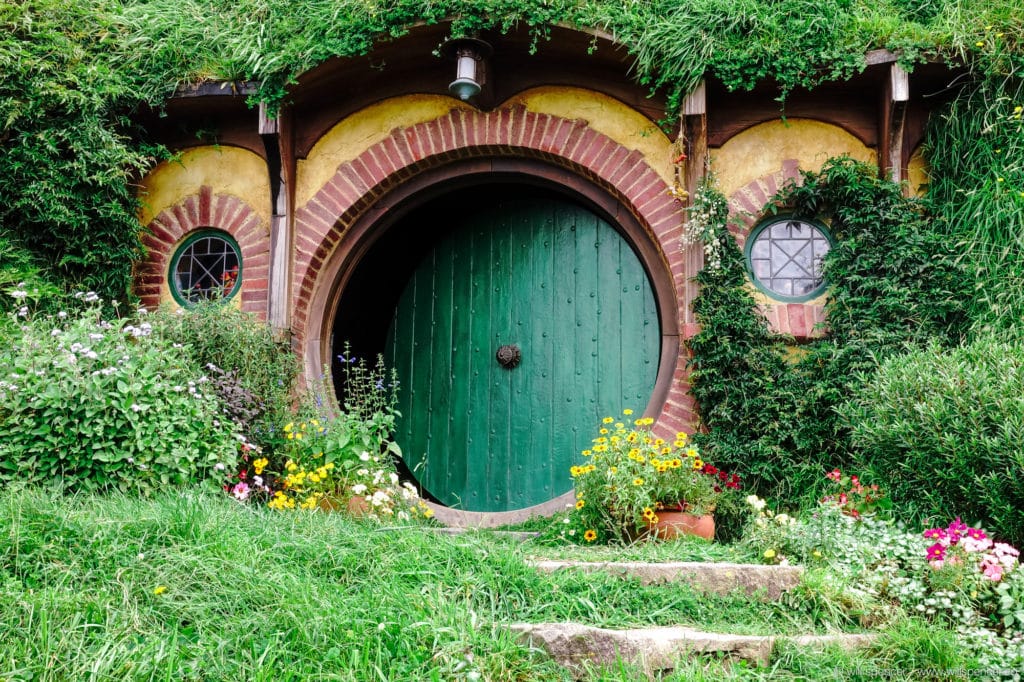
and me through the decidedly more modest rectangular one at 1210-C Mariner Drive.
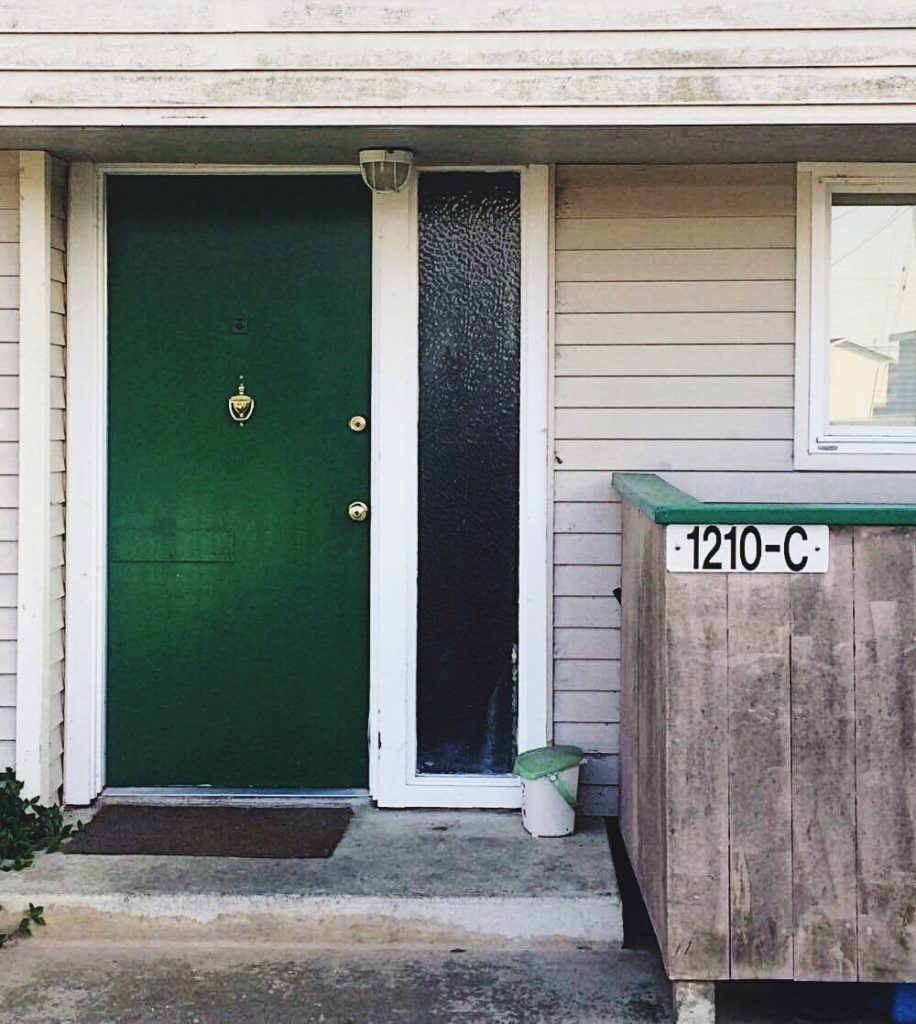
We also have some of the same friends. Because in the past year I’ve been my own Aragorn, my own Gandalf, my own Merry and Pippin, and even my own Gimli:
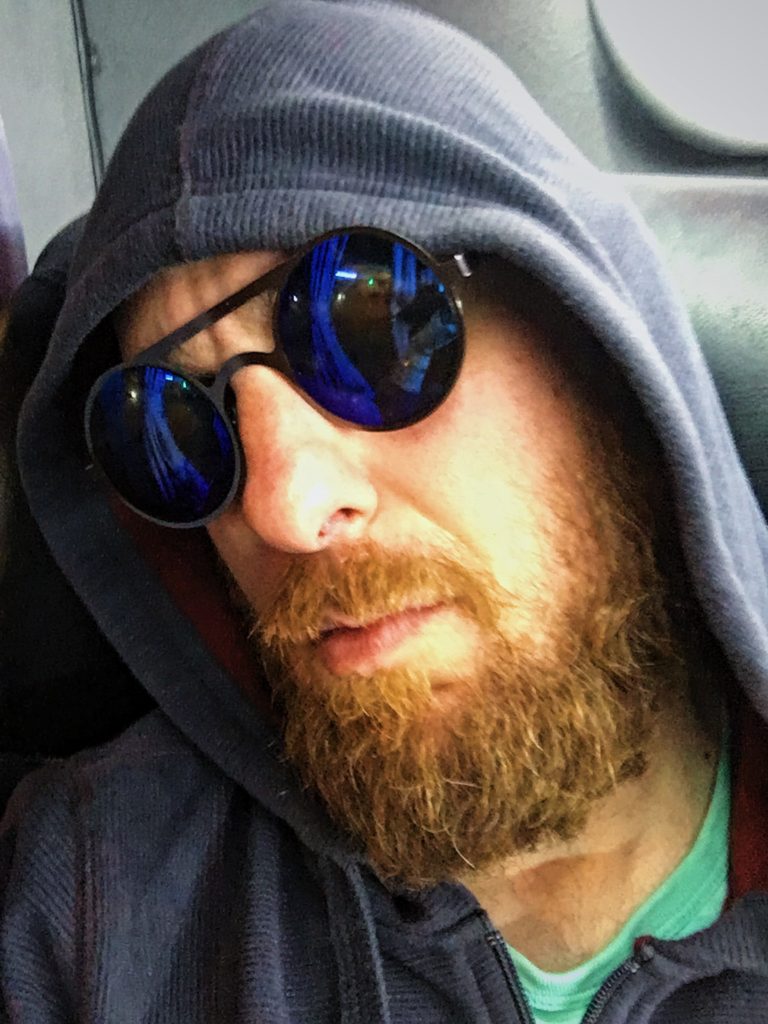
(It’s a beard joke.)
And while I’d like to say that my companion Raoul has been my Sam, I don’t know how much faith I put in his ability to carry me anywhere.
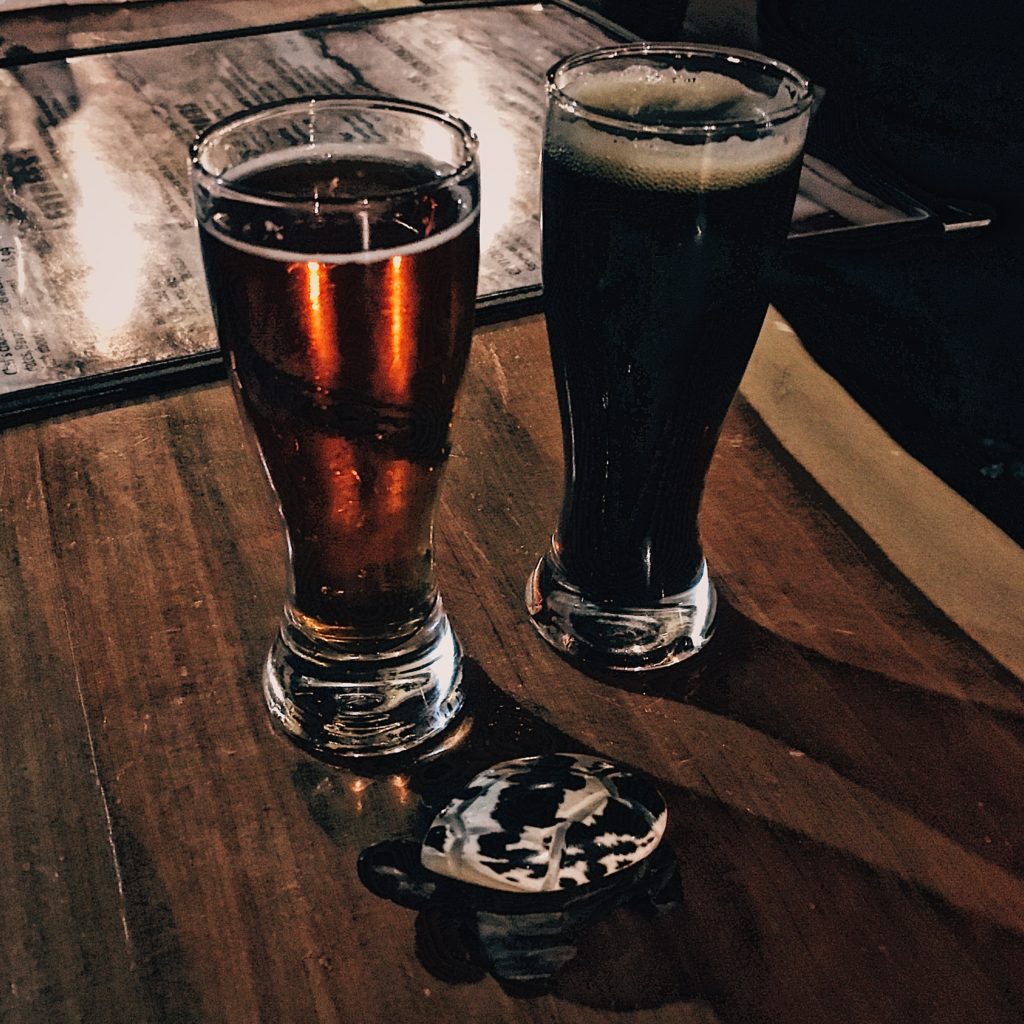
So that’s been me too.
I’ve also confronted the ghosts of the dead, and been victorious
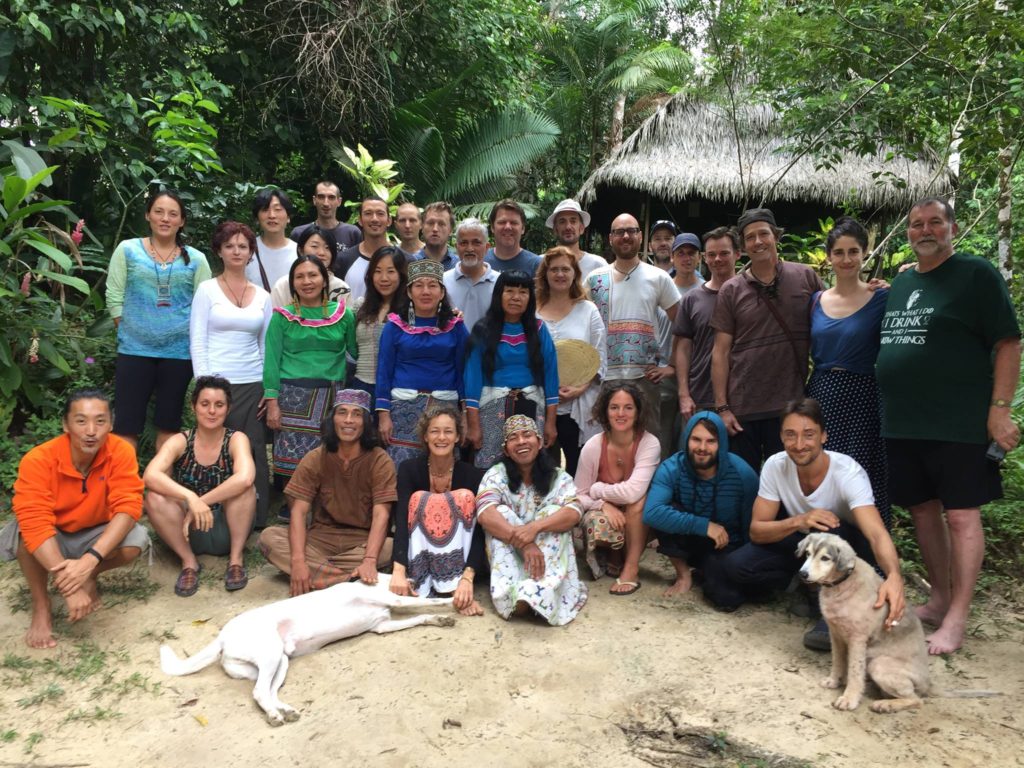
… trekked over an epic landscape of ice and snow
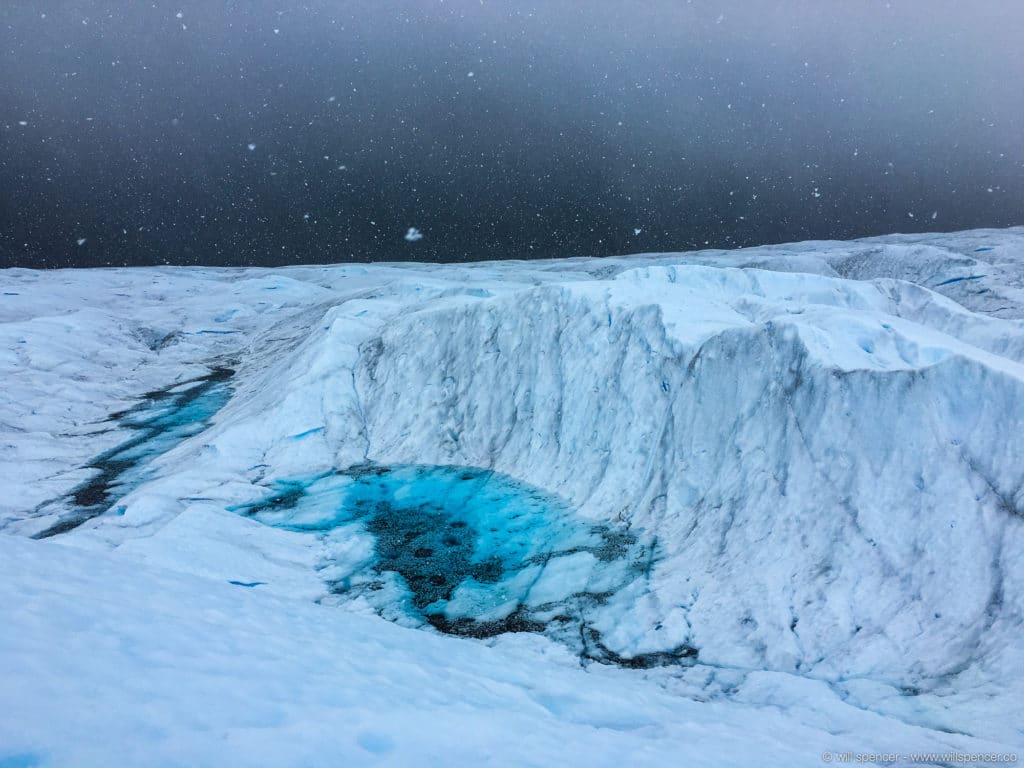
… ridden on horseback across golden plains

… faced an old fear deep underground
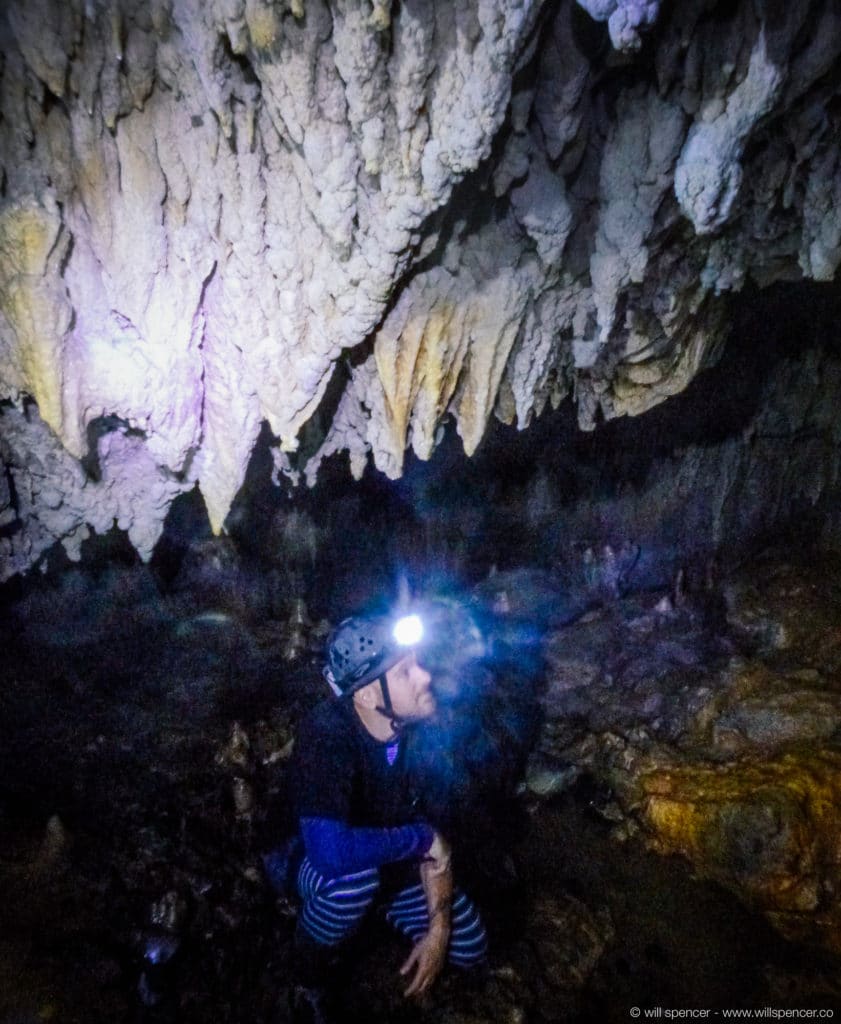
… soared on great wings
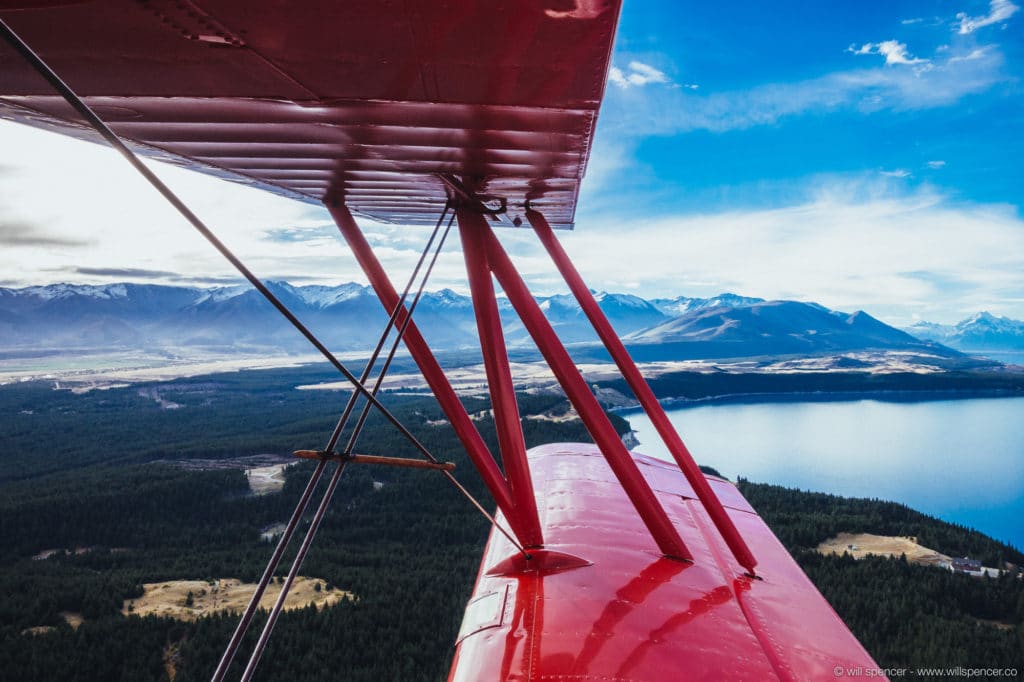
… and even clashed with a giant spider.
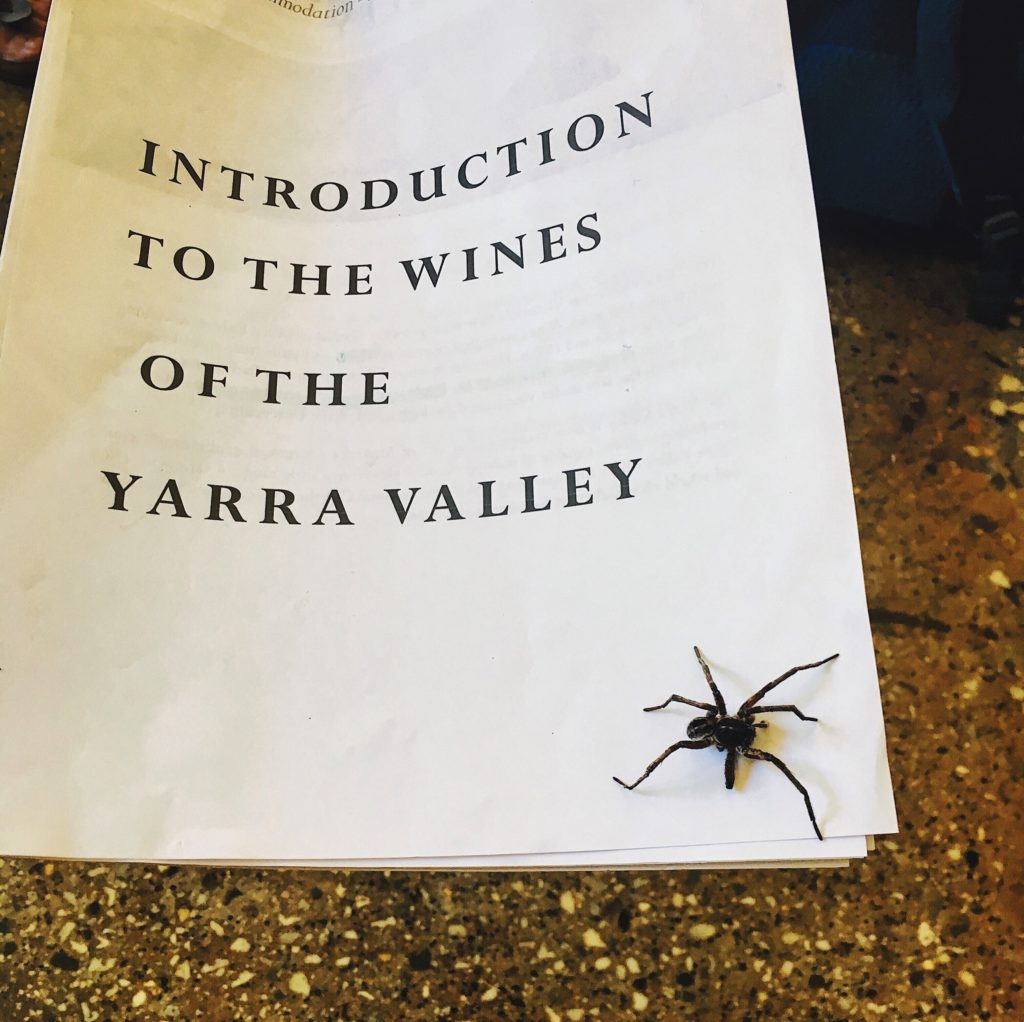
It looked a lot bigger coming out of my shoe, OK?
Along the way, someone also gave me a golden ring.
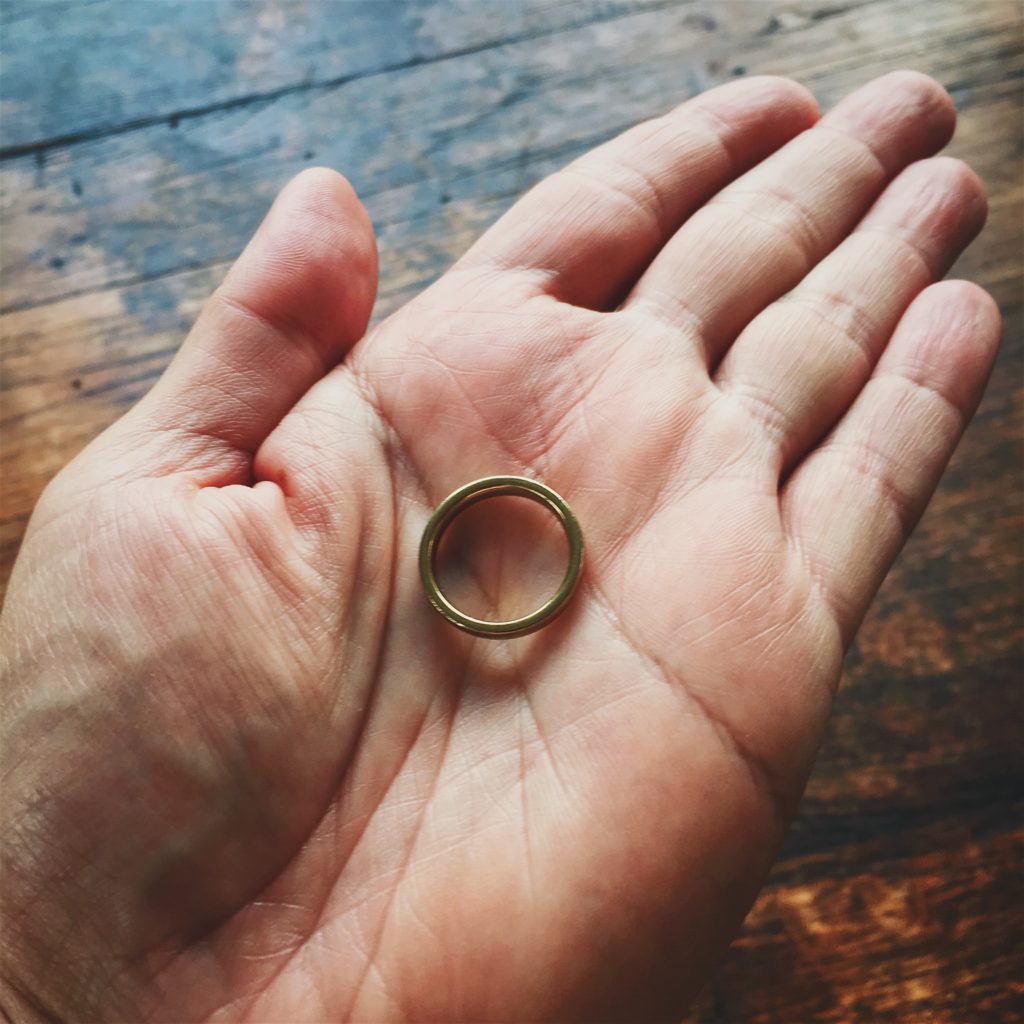
OK now this is getting a little weird!
😉
THE PRICE
The price of these adventures and the countless others I haven’t named? Home. Thus the long journey of this post reaches its beginning and its end.
When I visited Hobbiton I had been gone for almost a year. Any notions of my own space, comfort, community, familiarity, convenience, and naiveté about myself and the world outside had long since fled. But strolling the green grounds of this real/fake village I recalled all those aspects of “home” that I had forgotten, and understood how many feelings once familiar had become, by my own hand, foreign.
Typically grateful for what I have gained in the past year, I suddenly became aware of all that I gave up, and the pain of that loss.
Thus tears filled my eyes while I was on the shuttle bus, listening to Peter Jackson’s voice welcoming me to a place I’d never been, yet that I knew so well.
Then a smile began to break as I recognized another, deeper meaning to my visit to Hobbiton:
After all these years, my own fantasy had become reality.
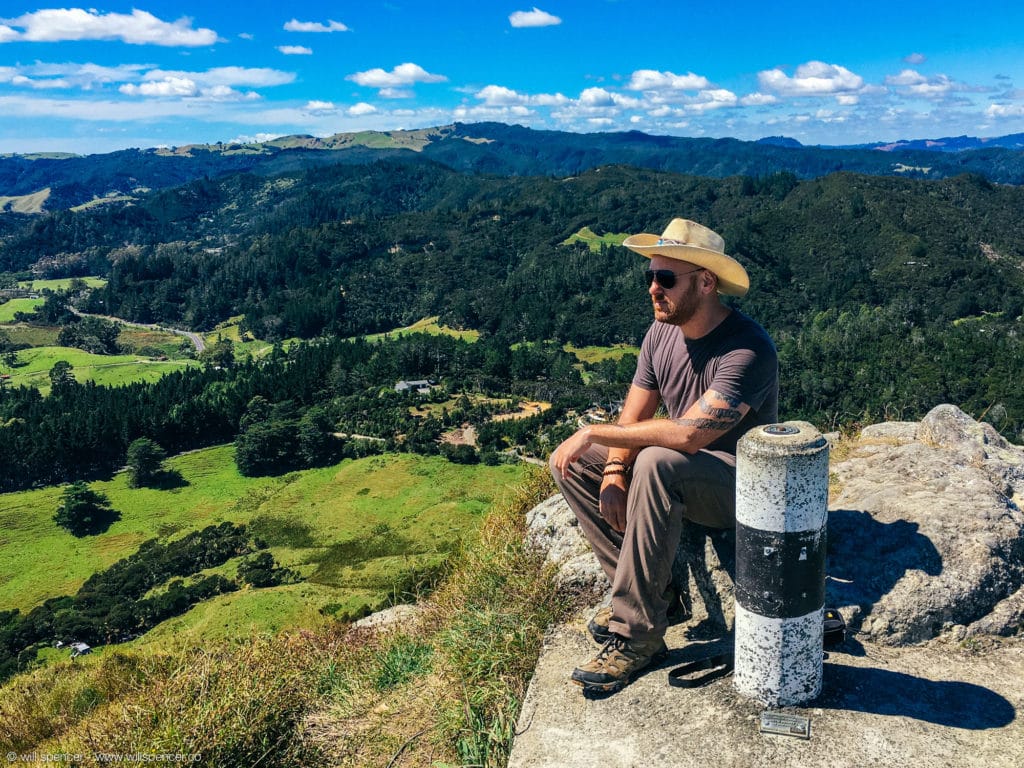
THE PROMISE
By the time the bus parked, sadness blossomed into celebration, because while “home” is a place I left, it also offers a promise of return. After all, I don’t want to travel forever.
Someday I’ll put down my pack and empty it for the last time.
What waits for me then? What will “home” look like?
Perhaps I’ll share Sam’s fate, a life with a beloved and a family – no less a noble dream than travel, to be sure.
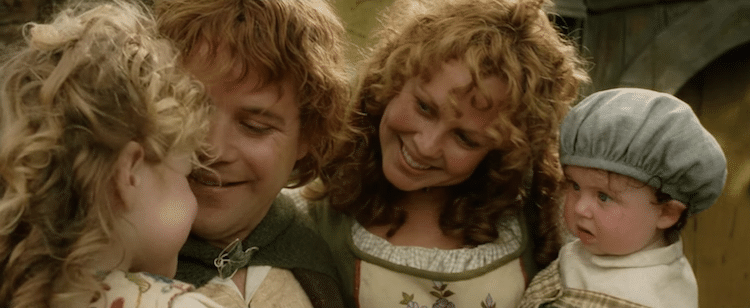
On that day, perhaps I too will take a last, long look at my road lit up in the afternoon sun, and turning, close a yellow door to one great adventure, as another begins.

But it is not this day.
For this day, I invite you to sing with me and the original adventurer, Bilbo Baggins, as we would together in Middle Earth…
The Road goes ever on and on
Down from the door where it began.
Now far ahead the Road has gone,
And I must follow, if I can,
Pursuing it with eager feet,
Until it joins some larger way
Where many paths and errands meet.
And whither then? I cannot say.
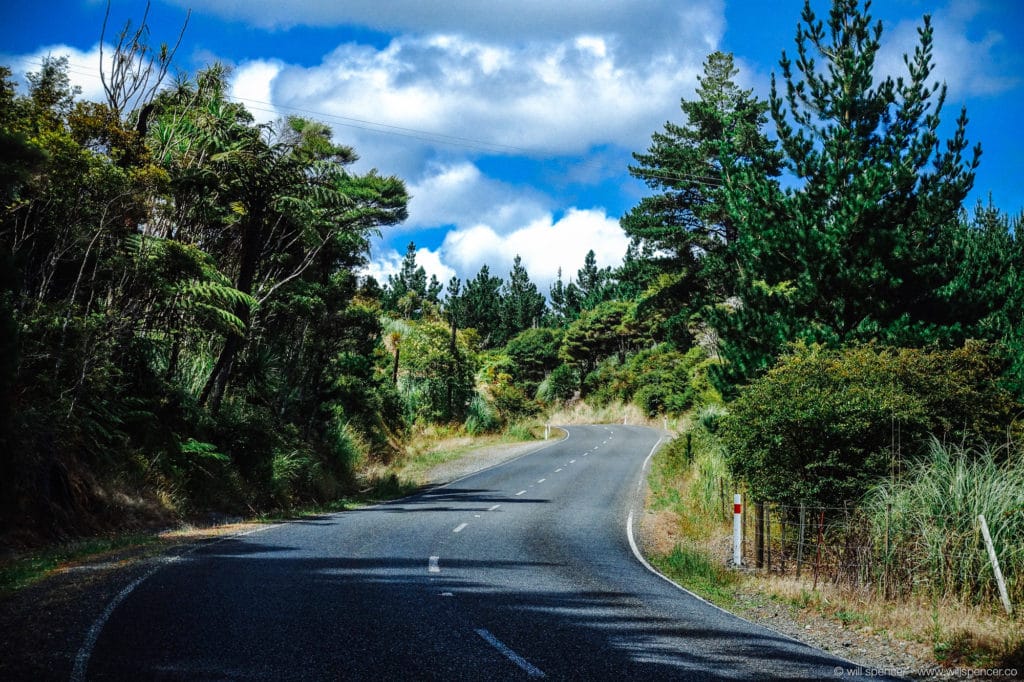
EPILOGUE: A PRAYER
At the start of this post I wrote that I would share some of the mythological aspects of “The Lord of the Rings” that moved me years ago in college. I’d like to do so now, in the form of a prayer.
Previously I mentioned the climactic final battle at the Black Gate of Mordor, during which Aragorn leads the small remaining army of Middle Earth into a near-hopeless conflict with Sauron’s forces.
I also mentioned the two words Aragorn speaks before charging alone into the field. They’re notable in a mythological sense not just for what they are, but what they’re not.
He doesn’t say, “For truth.” Nor does he say, “For justice,” or “For freedom,” or even “For Middle Earth.”
He says, “For Frodo.”
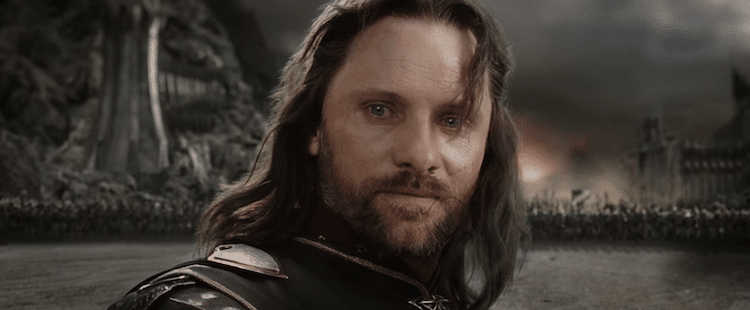
From the perspective of mythology, again the major characters of “The Lord of the Rings” are not individuals themselves, but pieces of a single individual. They are personifications of aspects of our consciousness, sides of us.
All of us.
My prayer is this. Whatever struggle we face today or tomorrow, whatever frightening shadow is cast before our path, let us send forth our great heroes – powerful Aragorn, wise Gandalf, playful partners Merry and Pippin, and opposites-made-allies Gimli and Legolas.
But let us not send them into battle for “truth” or “justice” or any external principle, including even “what’s right.”
I pray that we send them into battle “For Frodo.”
Let us fight for what is innocent and kind about ourselves. Let us send our heroes forth for what is gentle yet strong in us. Let us rally the utmost of our forces to make a stand against overwhelming odds in service of that side of ourselves that is the most open, unassuming, and eternally childlike.
And I pray we also care for that part of ourselves like Sam cares for Frodo, with devotion, loyalty, steadfastness, and our most abiding love.
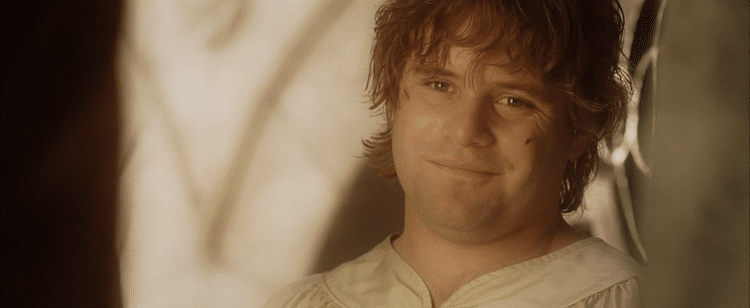
For in that scary choice, that hard choice, that right choice, you and I will carry the day.
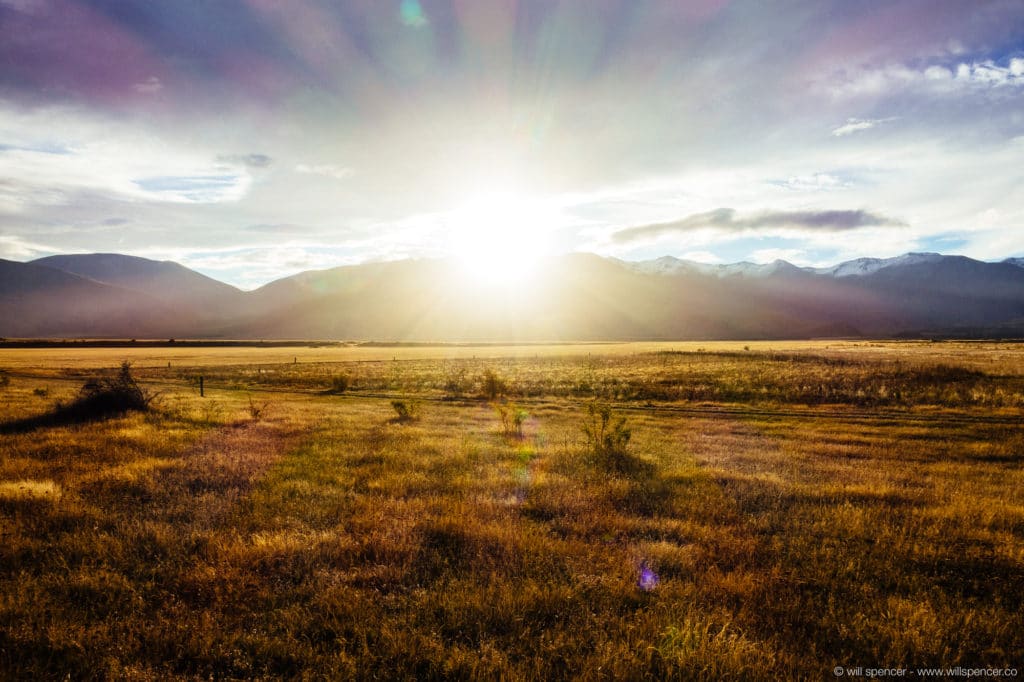
To read more about the mythological dimensions of “The Lord of the Rings”,
please click here.
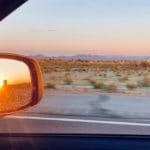


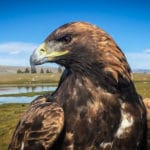

One Comment